SOUTH AFRICA, AFRICA
iSimangaliso
Wetland Park
Located in the coastal and adjacent inland areas of north-eastern KwaZulu-Natal Province in South Africa, the iSimangaliso Wetland Park extends over 180 km from north to south covering approximately 325 000 ha.
Our focus also include Lake St Lucia and its surrounding ecosystems, such as the Mkuze River and its associated pans. As both a World Heritage and Ramsar site, the iSimangaliso wetlands form an area of exceptional and outstanding universal heritage significance. The natural values include outstanding examples of ecological processes, natural phenomena and scenic beauty, and exceptional biodiversity and numbers of threatened species.


Biodiversity
The iSimangaliso Wetland Park and surrounding areas host a mosaic of ecosystems such as lake systems, swamps, coastal forests, wetlands, grasslands, coral reefs, and dunes. With over 6,500 plant and animal species, the iSimangaliso Wetland Park is considered one of the most diverse parks in South Africa. The park is home to 11 species endemic to the park, 108 species endemic to South Africa, and 467 species listed as threatened in South Africa.
There are over 530 bird species that are found at the Wetland Park. iSimangaliso has the highest diversity of amphibians in the country, with over 36 species.
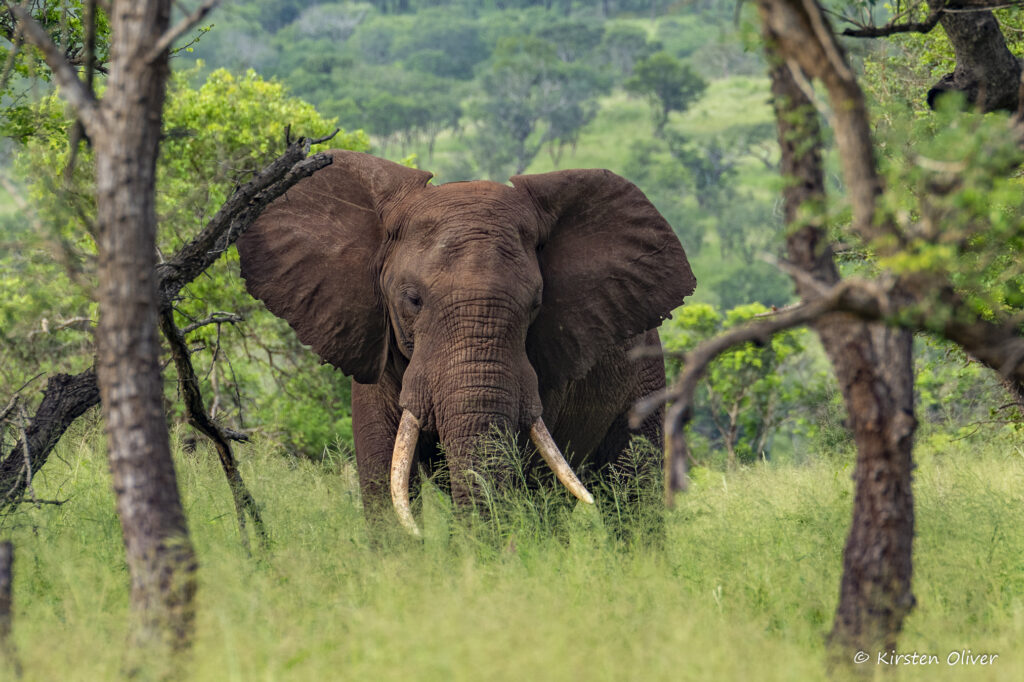
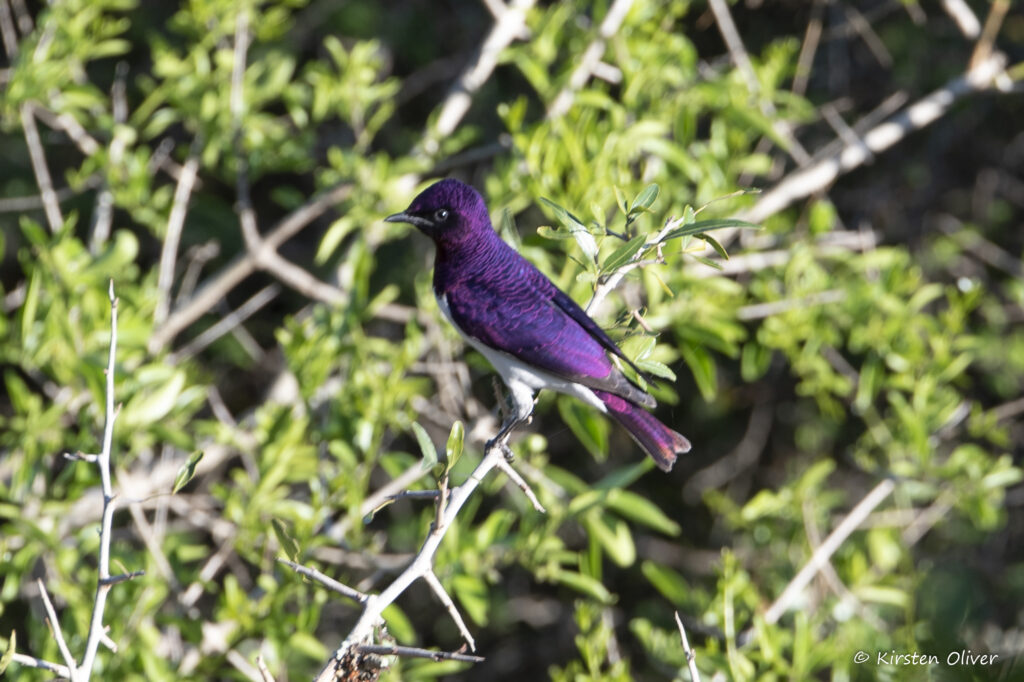
Highlighted Species
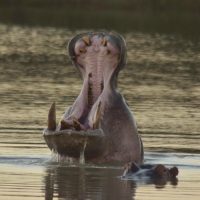
Hippopotamus
Hippopotamus amphibious
Vulnerable due to an increase in poaching and increasing drought.
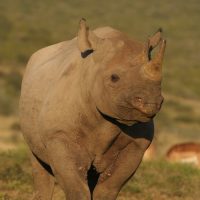
Black Rhinoceros
Diceros bicornis
Critically endangered because of increasing demand for rhino horn.

Green Sea Turtle
Chelonia mydas
Threatened by overharvesting of their eggs, hunting of adults, being caught in fishing gear and loss of nesting beach sites

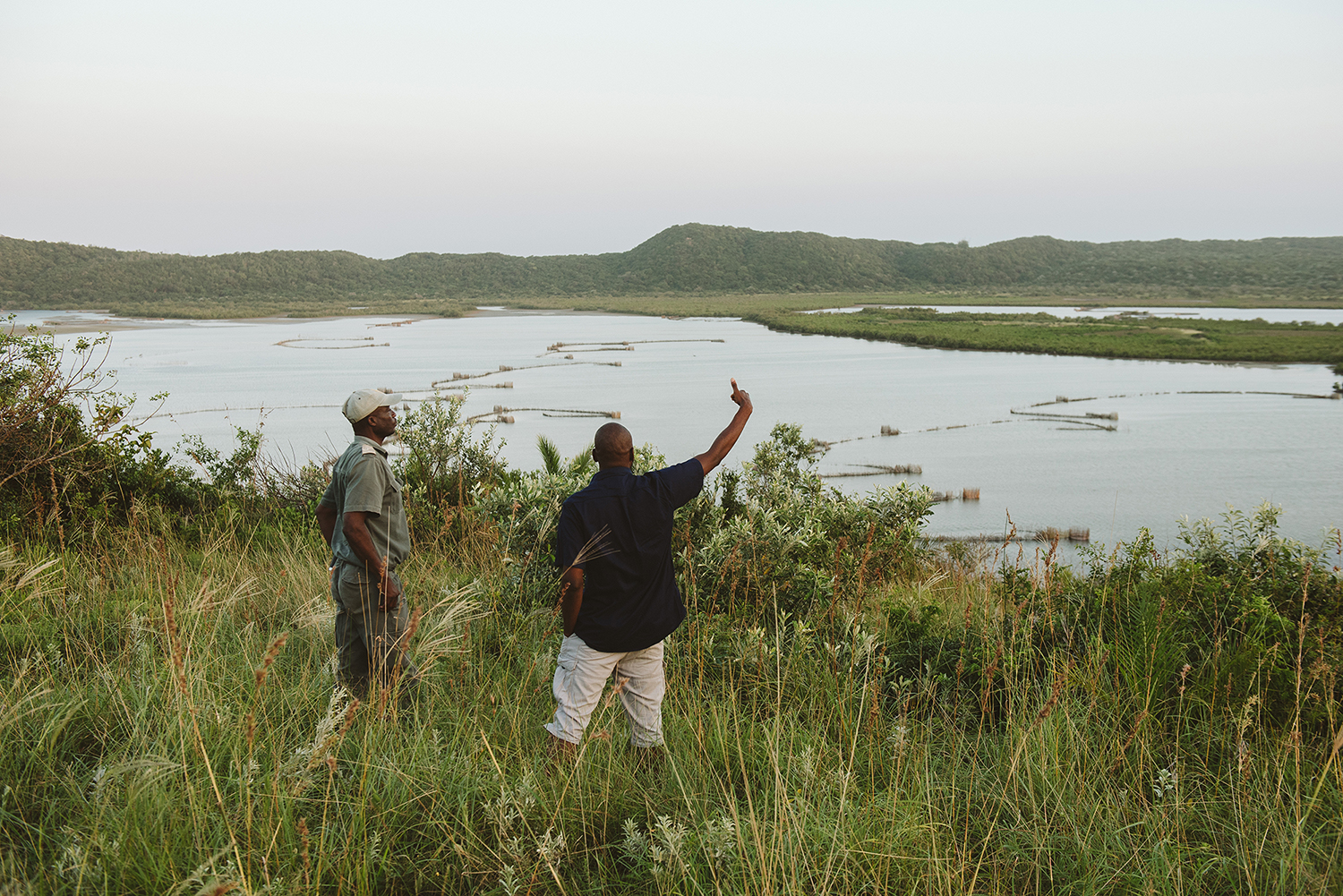
Local Communities
The Mkuze River and its associated pans are an important source of freshwater for the communities living alongside the park.
The communities also use the land for agricultural production and livestock owners have relied on the river as a source of drinking water for their livestock for centuries.
Local communities also rely on the river for their livelihoods such as fishing and harvesting reeds and grass for crafts.
Threats
The biggest threat to the Park and, in particular, the freshwater systems, comes from the surrounding areas, both direct impacts of neighbouring communities and indirect impacts of land use change within the catchments.
Agricultural production by households ranges from very small-scale production to the cultivation of larger fields away from the homestead, often in floodplains. Soils are nutrient poor, and rainfall is relatively low and erratic resulting in low agricultural productivity which drives a constant clearing of new land.
There are extensive areas of commercial timber plantations and in recent years there has been a dramatic increase in afforestation by small-scale out growers. Exotic eucalyptus trees are grown for timber on land that was historically grassland and the increased evapotranspiration by these trees is significantly reducing freshwater inflows in the Park wetland system, by reducing ground water seepage and lowering the groundwater table.
Our Work
This project will focus on the community areas bordering the northern section of the Park, from the Mkuze River north towards the Mozambique border. These areas are characterised by subsistence agricultural activities such as cattle farming, homestead-based food production, and small-scale sugarcane and cotton production. There is an urgent need to develop and promote sustainable farming practices together with improved land use planning and control over unsustainable land use change. Through this project, more appropriate biodiversity-friendly farming techniques will be identified, tested, and demonstrated to local smallholders. Through facilitated discussions with planners and workshops that will bring together community leaders, park management and local government, land use development plans for the region will be co-created.
With the support of this project, we will also be focussing on restoring some of the ecosystem functions of the Mkuze floodplain through agroforestry using trees grown by our local Tree-preneurs. Tree-preneurs are community members who propagate indigenous trees which are bartered for livelihood goods.
Together with biodiversity-friendly farming techniques, this will improve productivity, climate change adaptation, biodiversity and the protection of water resources.




